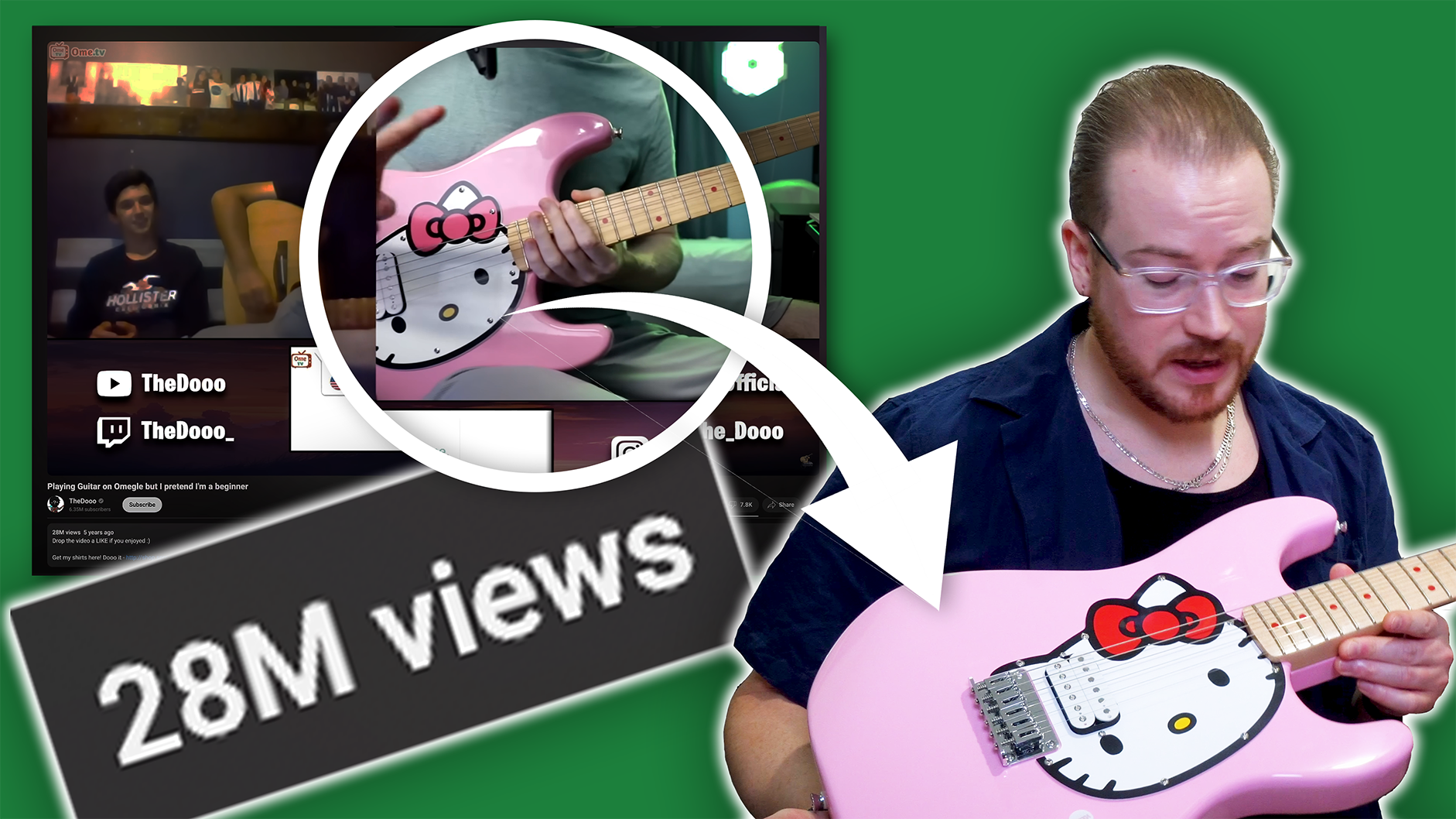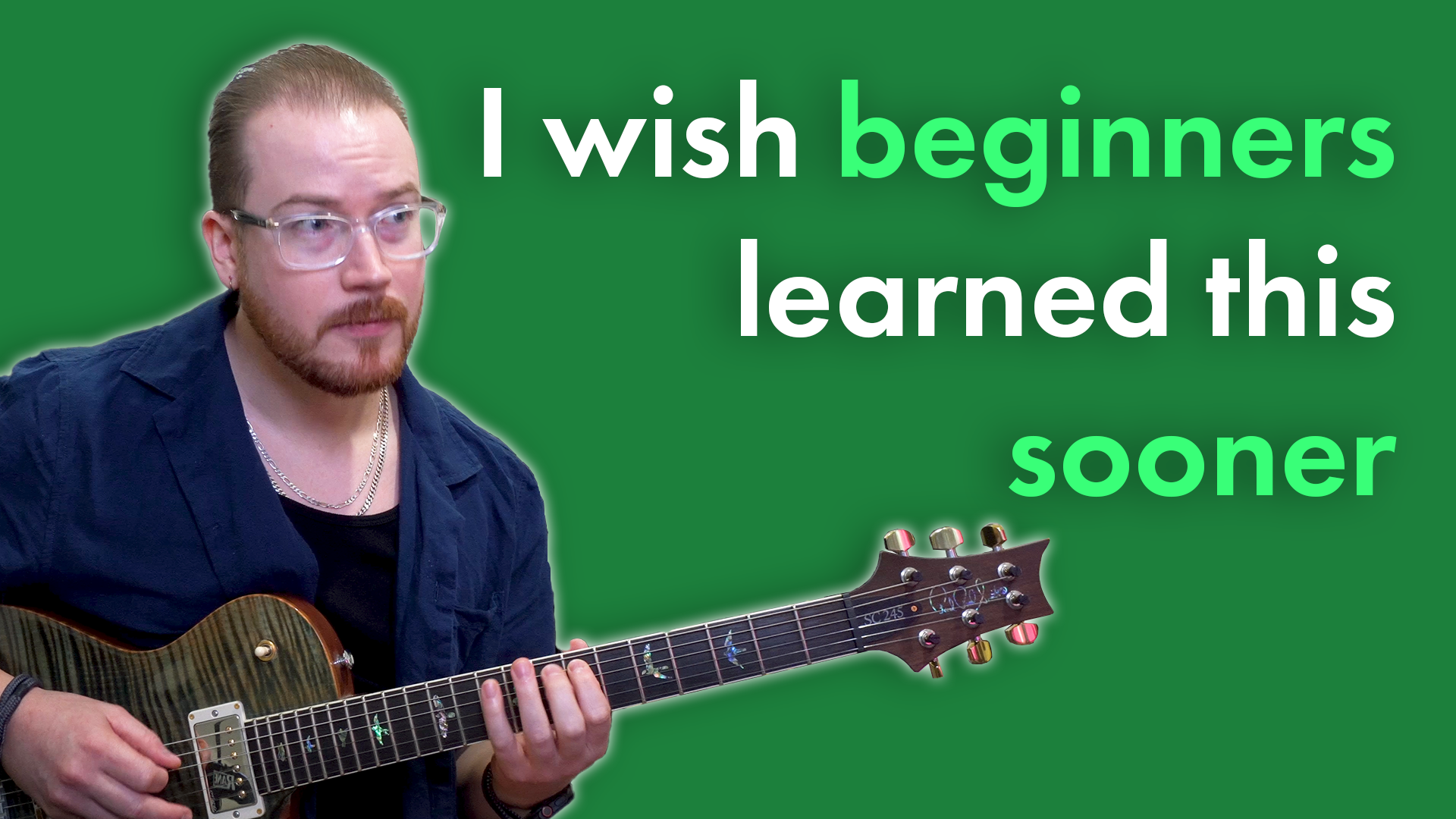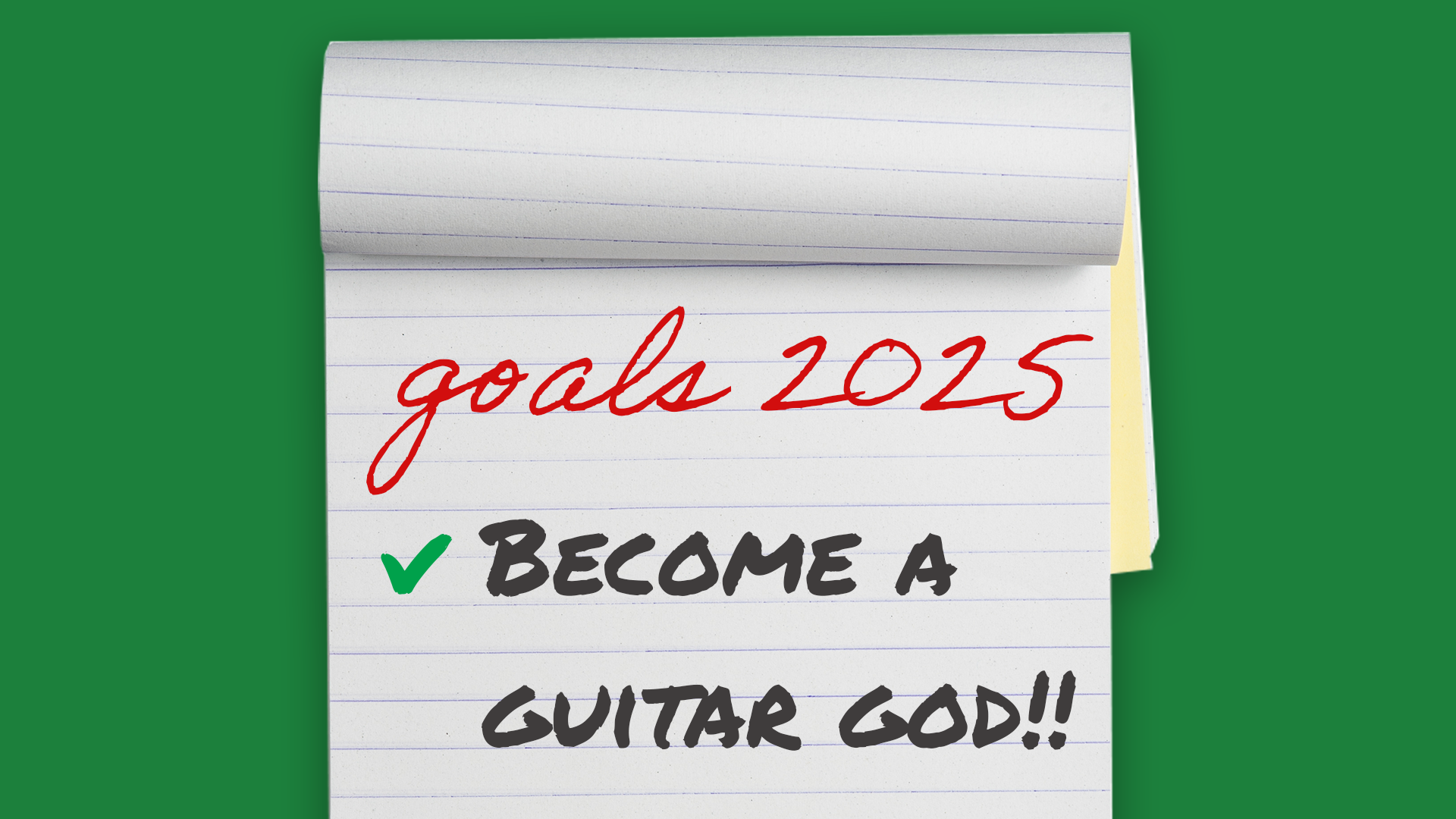This secret tool will keep you practising effectively
When I first came up with this idea, I was calling it the 8/10 rule. This turned into the 2/10 rule before I realised something important. People don’t like rules. And more importantly, when you’re learning guitar, there actually are no rules. However, while you can do whatever you want, there are still some good ideas and fundamental techniques that are helpful for us to understand before we think about breaking them. So, in the spirit of not telling people another thing they have to do, I decided to rename the idea to the 2/10 Tool. It’s got a better ring to it and you don’t have to use it if you don’t want to. However, if you’re trying to practice as effectively as possible and make the most progress you can in the smallest amount of time, the 2/10 Tool is an important piece of equipment to have in your toolbox. Let’s talk about how to use it.
Playing the guitar is a physical activity
Playing the guitar is a physical activity. It requires actually moving our fingers (and maybe a little headbanging if you’re into that kind of thing). The fact that it is physical means that we can develop muscle memory related to playing the guitar. Muscle memory is the physical memory we have that allows us to make common movements without thinking about them. Driving, typing, gaming, eating with chopsticks; all these activities are examples of muscle memory in our day-to-day life. Let’s take typing, for instance: If you’ve learned how to touch type, you know how beneficial this is. You can write emails, reply to texts, and type assignments almost as fast as you can talk. The ability to touch type saves you so much time! If you can’t touch type and instead, find yourself hacking away at the keyboard with two fingers, you’re going to waste your day on something that didn’t need to take as long. Emails will take far too much time to write, assignments will become a chore; everything becomes frustrating and any kind of written communication becomes a less enjoyable experience. Whether you can touch type or not is an example of muscle memory either way. In the first instance, you’ve taken time to develop and refine your technique and it pays off in everyday life. Typing doesn’t cause any frustration and everything becomes so much easier! Not being able to touch type on the other hand (because you didn’t pay attention to refining your technique when you were developing the skill) will result in a frustrating experience every time you sit a computer. The best-case scenario is that it will just be a slower and less efficient experience. Either way, touch typing is better.
I remember sitting in a computer class at school when I was 13. We had to spend the first 10 minutes of every class doing typing exercises. No one else in the class took it seriously, but I saw the value of the exercise and spent 10 minutes at the start of every lesson carefully learning how to type. Repeating the movements correctly so I could do them without thinking. Refining my technique in a controlled environment so when it came type to actually use the skills in a real-life situation, they would be reliable and consistent. This was probably one of the best things I learned to do while I was at school. Articles like this are written almost as fast as I can think. Most of the time I record the videos first (I’ve been teaching long enough I can just freestyle them) and then simply play them back and write down what I say in real-time. Sure, I’ll flesh it out a little, do some formatting so it reads better, but it’s already 80% done by the time I’ve finished listening to the video. I couldn’t do this if I couldn’t touch-type effectively. I couldn’t touch-type effectively if I hadn’t taken the type to carefully refine and develop my technique in those 10-minute sessions all those years ago in computer class.
It’s easier to understand why something is important when learning the guitar if we’re able to relate it to a concept we already understand. The same way paying attention to what our muscles are remembering allows to develop a fast and effective ability to touch type, muscle memory also allows us to develop fast and effective communication on the guitar. Instead of typing emails, we’re communicating our musical ideas.
The ‘personal trainer’ for your fingers
Muscle memory is developed. We consistently repeat a sequence of movement and our fingers start to get the hang of what to do without your brain having to walk them through it. The first time you went to the gym with a personal trainer, they might have shown you the exercise and supervised closely as you went through it to make sure that you weren’t developing bad habits that would make the exercise ineffective or even cause you injury. However, once you’ve had a few sessions and learned how the movements are meant to be done, you no longer need that level of supervision from your personal trainer. Instead, they might just tell you which exercises to do and then trust that you will go off and perform them correctly without causing problems for yourself. When we’re learning guitar, your brain is the personal trainer for your fingers. When you’re starting out, your brain is closely supervising your fingers to make sure they do it the movement correctly without developing habits that will make the movement ineffective or possibly even harmful. However, you only have so much mental bandwidth and the brain needs to be able to focus on other things when you’re playing the guitar. In the same way that a personal trainer’s goal is to give you the workout program and leave you to your own devices; your brain’s goal is to tell your fingers which chord needs to be played and trust that they will do it fast and effectively, without needing to be told exactly which finger goes where. When it comes to playing the guitar, muscle memory is our fingers remembering a consistent pattern of movements so they can perform them in the future without any specific input from our brain. We’re going to get to the point where we do it without thinking. Let’s make sure that what we’re doing without thinking is actually helpful!
Using the 2/10 Tool
This is where the 2/10 Tool comes in. It is designed to help us measure whether or we are practising effectively. If we are practising effectively, we will be developing muscle memory in the most efficient way possible. If we are not practising effectively, we are going to get frustrated and keep making mistakes. Then we will struggle to make progress because our fingers will have a hard time remembering what they are supposed to be doing.
Here’s how the 2/10 Tool works. If you are practising and you notice that in 10 times playing something (use a rough estimate, you don’t have to count exactly) you’ve made more than two mistakes, then it’s a good sign that you arent’ practising effectively. If you keep this up, your fingers are going to get confused and you will get frustrated. Making more than two mistakes out of 10 attempts is a sign that you need to simplify. Slow down. Make sure you can get your head around exactly what it is you are supposed to be doing. People make genuine mistakes, and you don’t need to pressure of having to get it right every time. So remember, making two mistakes out of 10 attempts doesn’t necessarily mean you’re practising ineffectively. But, if you notice it keeps happening, it’s a good sign that you are.
Practice does not make perfect
You’ve heard the saying ‘practice makes perfect’? Well, I don’t agree. You might be thinking that I’m going to say ‘Perfect practice makes perfect’. But, I don’t agree with that either. Practice simply reduces the chances that you will make a mistake. I’ve been playing the guitar for over 20 years and am fairly proficient with the open E chord. At this point, no amount of practice I do with this chord is going to make me any better or more prepared to play it. But does that mean I will play it perfectly every time I try for the rest of my life? Of course not! It simply means that I am far less likely to make a mistake when playing this chord. Perhaps the chances of me making a mistake when I play this chord is 1/10,000. For a beginner, they might be 1/10, or even 1/1. As you practice, you are reducing the chances you will make a mistake doing something. But, there will never be a 0% chance you will make a mistake. Life doesn’t work that way. Personally, I think it’s kind of reassuring to think about it like this. It removes the pressure that you must practice a chord and get it perfect every time. But that’s never going to happen, so just be as prepared as you can and don’t sweat genuine mistakes.
When I came up with this concept, I actually started paying attention to E chords when I played them. I wanted to know how long it would take me before I made a genuine mistake playing one. It took me nine months!
I’ve found both these concepts to be super valuable in helping my students develop the right mindset around their practice. What do you think of the 2/10 Tool and the idea that practice is simply reducing the chances you make a mistake rather than trying to make it perfect?



